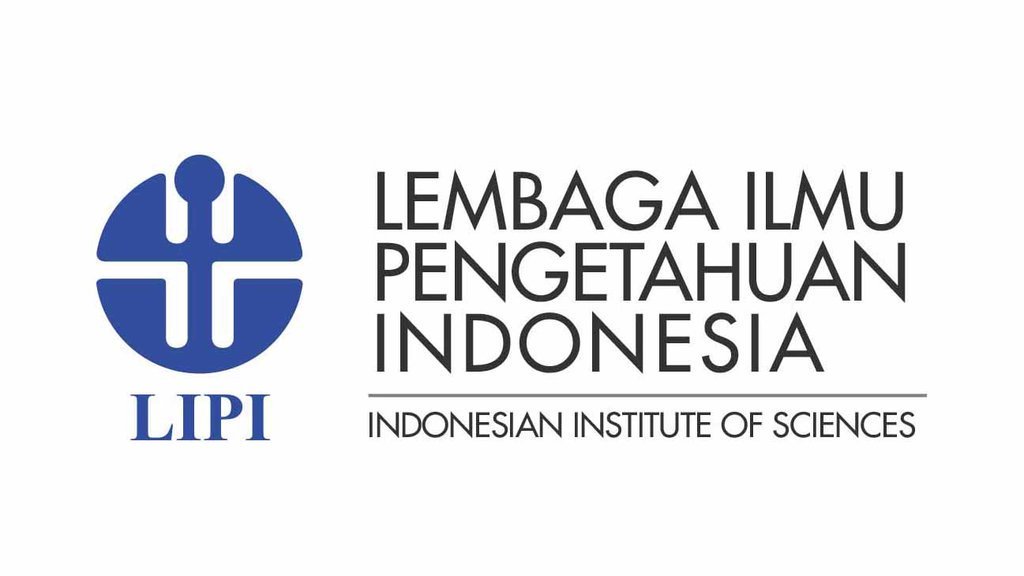The Effect of Crime and the Social Culture of the Community on Rural Development
DOI:
https://doi.org/10.36574/jpp.v6i2.338Keywords:
crime, socio-cultural, rural developmentAbstract
Crime has a significant influence on people’s lives. Not only on the social aspect, but crime will also affect regional development. In addition, socio-cultural factors have an essential role in developing rural communities. This study aims to determine the effect of crime and social culture on rural development. The method used in this study is Ordinary Least Square (OLS) followed by Chi-squared Automatic Interaction Detector (CHAID) to determine the segmentation of crime and socio-cultural factors of society towards rural development. The results of this study state that nationally all independent research variables have a significant effect on the 2018 Rural Development Index, with an R-squared value of 31.9%. Changes in the development category can be spurred through development focusing on underdeveloped and far from urban areas. The government also needs to pay attention to rurally located forest areas. Furthermore, the government needs to improve security in the community. Guaranteed security can create good development in the short and long term. In addition, the community needs to maintain cultural diversity through social interaction because it positively affects rural development.
Downloads
References
Ceccato, V., & Wilhelmsson, M. (2020). Do crime hot spots affect housing prices? Nordic Journal of Criminology, 21(1), 84–102. https://doi.org/https://doi.org/10.1080/2578983X.2019.1662595
Detotto, C., & Otranto, E. (2010). Does crime affect economic growth? Kyklos, 63(3), 330–345. https://doi.org/https://doi.org/10.1111/j.1467-6435.2010.00477.x.
Djatmika, P. (2017). Kejahatan kekerasan di perkotaan dan dinamika pembangunan. Jurnal Hukum & Pembangunan, 17(6), 571–576. https://doi.org/http://dx.doi.org/10.21143/jhp.vol17.no6.1382
Estrada, M. A. R., & Ndoma, I. (2014). How crime affects economic performance: The case of Guatemala. Journal of Policy Modeling, 36(5), 867–882. https://doi.org/10.1016/j.jpolmod.2014.09.002
Gallagher, C. A., Monroe, H. M., & Fish, J. L. (2000). An iterative approach to classification analysis. Journal of Applied Statistics, 29, 256–266.
Glaeser, E. L., & Sacerdote, B. (1999). Why is there more crime in cities? Journal of Political Economy, 107(S6), S225–S258. https://doi.org/https://doi.org/10.1086/250109
Hjalmarsson, R., & Lochner, L. (2012). The impact of education on crime: international evidence. CESifo DICE Report, 10(2), 49–55.
Hulme, D., & Turner, M. (1990). Sociology and development: Theories, policies and practices.
Kartono, K. (2007). Patologi sosial jilid II. In Kenakalan Remaja.
Marlow, A., & Wells, M. (1997). The impact of crime on small business. The Police Journal, 70(2), 117–126. https://doi.org/https://doi.org/10.1177/0032258X9707000205
Motta, V. (2017). The impact of crime on the performance of small and medium-sized enterprises: Evidence from the service and hospitality sectors in Latin America. Tourism Economics, 23(5), 993–1010. https://doi.org/https://doi.org/10.1177/1354816616657940.
Rueda, R. A. A., & Pérez, M. I. G. (2015). The price of crime: How crime affects private investment in South America. Economía & Región, 9(2), 47–74.
Sandjojo, E. P. (2016). Buku panduan pelaksanaan undang-undang desa berbasis hak. Jakarta: Lakpesdam PBNU & e Institute For Ecosoc Right.
Soekanto, S. (2014). Sosiologi suatu pengantar.
Suyitno, D., & Daldjoeni, N. (1979). Pedesaan, lingkungan dan pembangunan. Bandung: PT Alumni.
United Nations. (2019). The Sustainable Development Goals Report 2019.
Wiesinger, G. (2007). The importance of social capital in rural development, networking and decision-making in rural areas. Journal of Alpine Research| Revue de Géographie Alpine, 95–4, 43–56. https://doi.org/https://doi.org/10.4000/rga.354
https://kedesa.id/id_ID/wiki/pembangunan-desa-pembangunan-kawasan-perdesaan-dan-kerjasama-desa/pembangunan-desa/.
https://www.mongabay.co.id/permasalahan-tenurial-dan-konflik-hutan-dan-lahan/.
Downloads
Published
How to Cite
Issue
Section
License
This is an open-access article distributed under the terms of the Creative Commons Attribution-NonCommercial-ShareAlike 4.0 International License. Copyright © Kementerian PPN/Bappenas RI


















